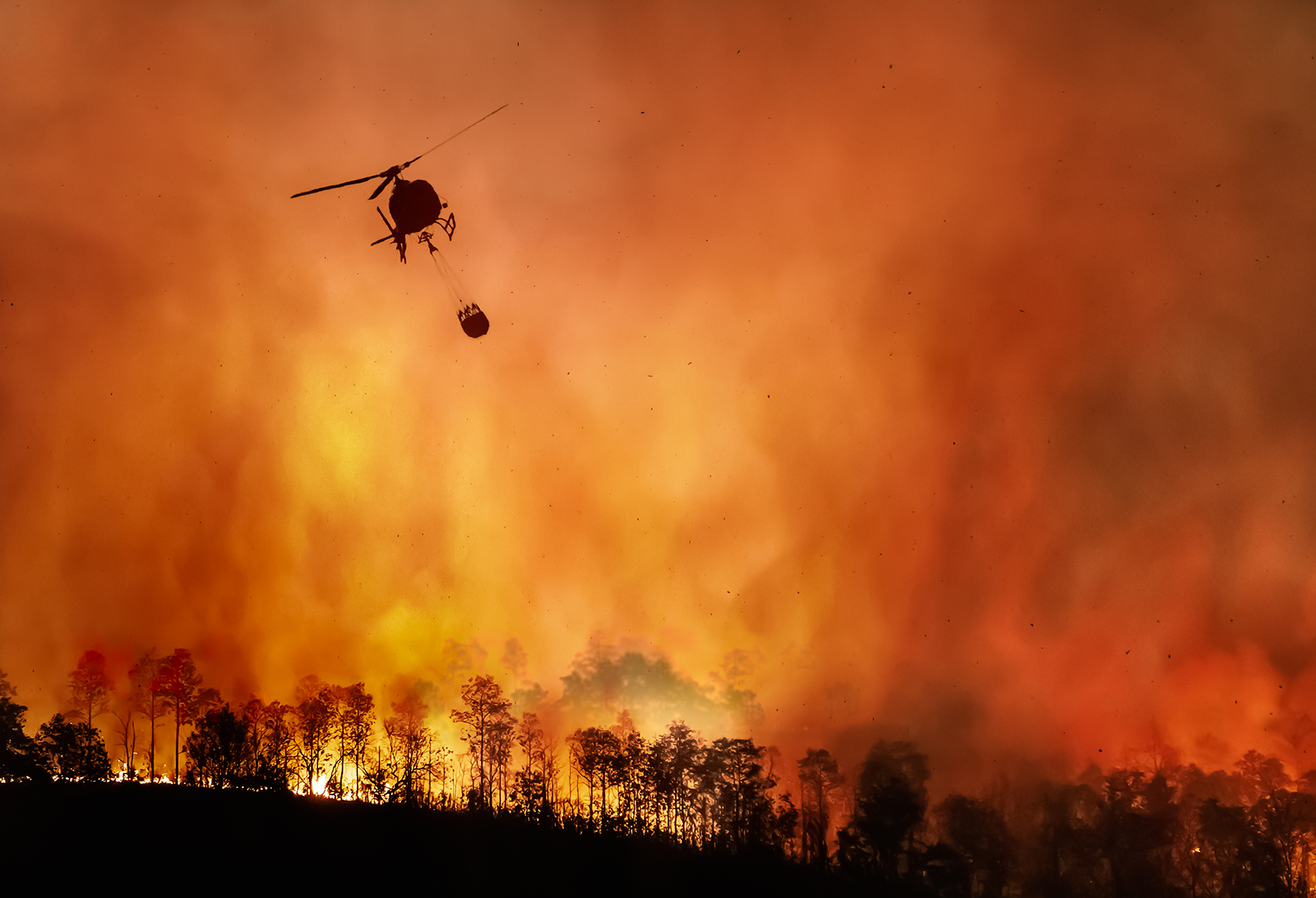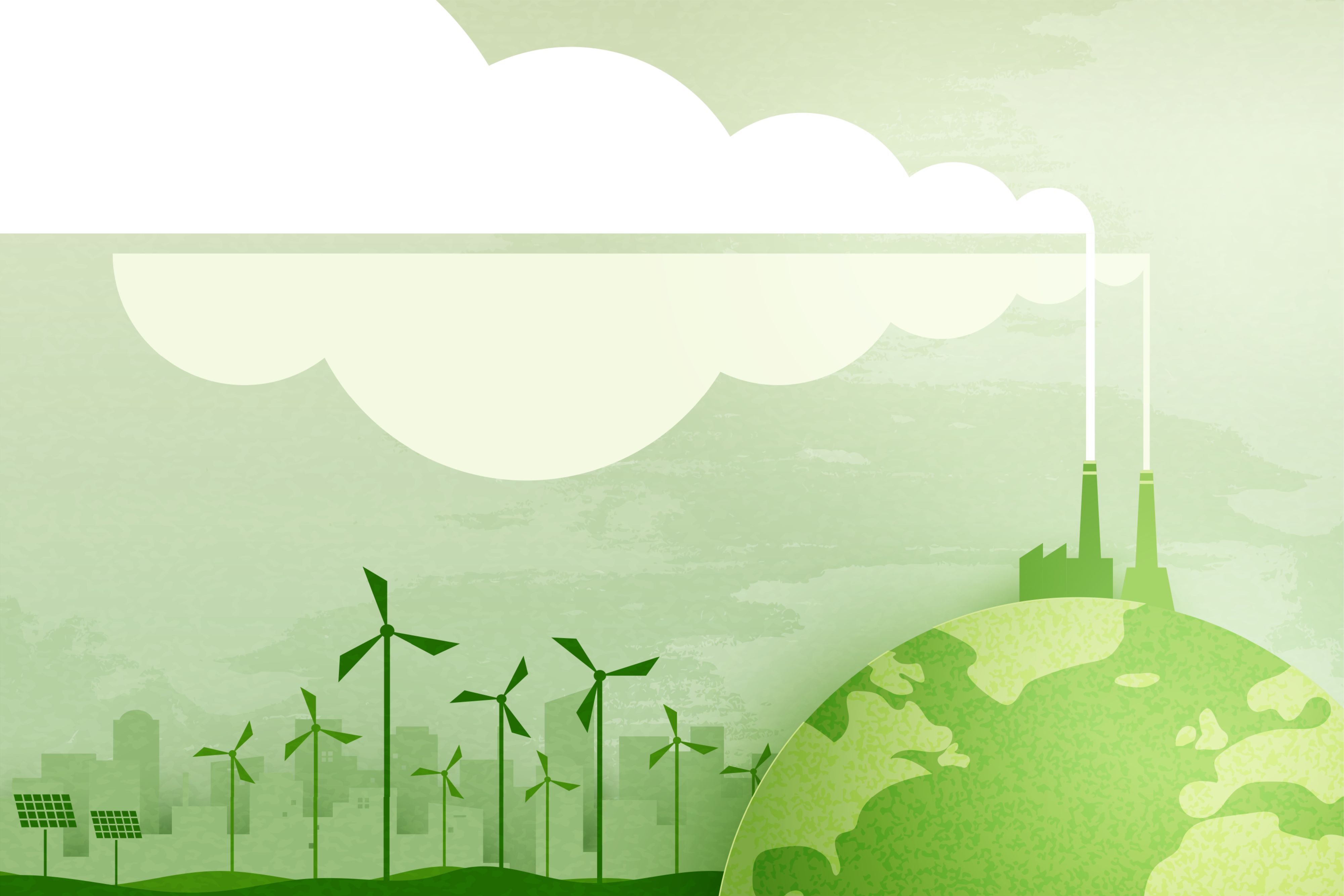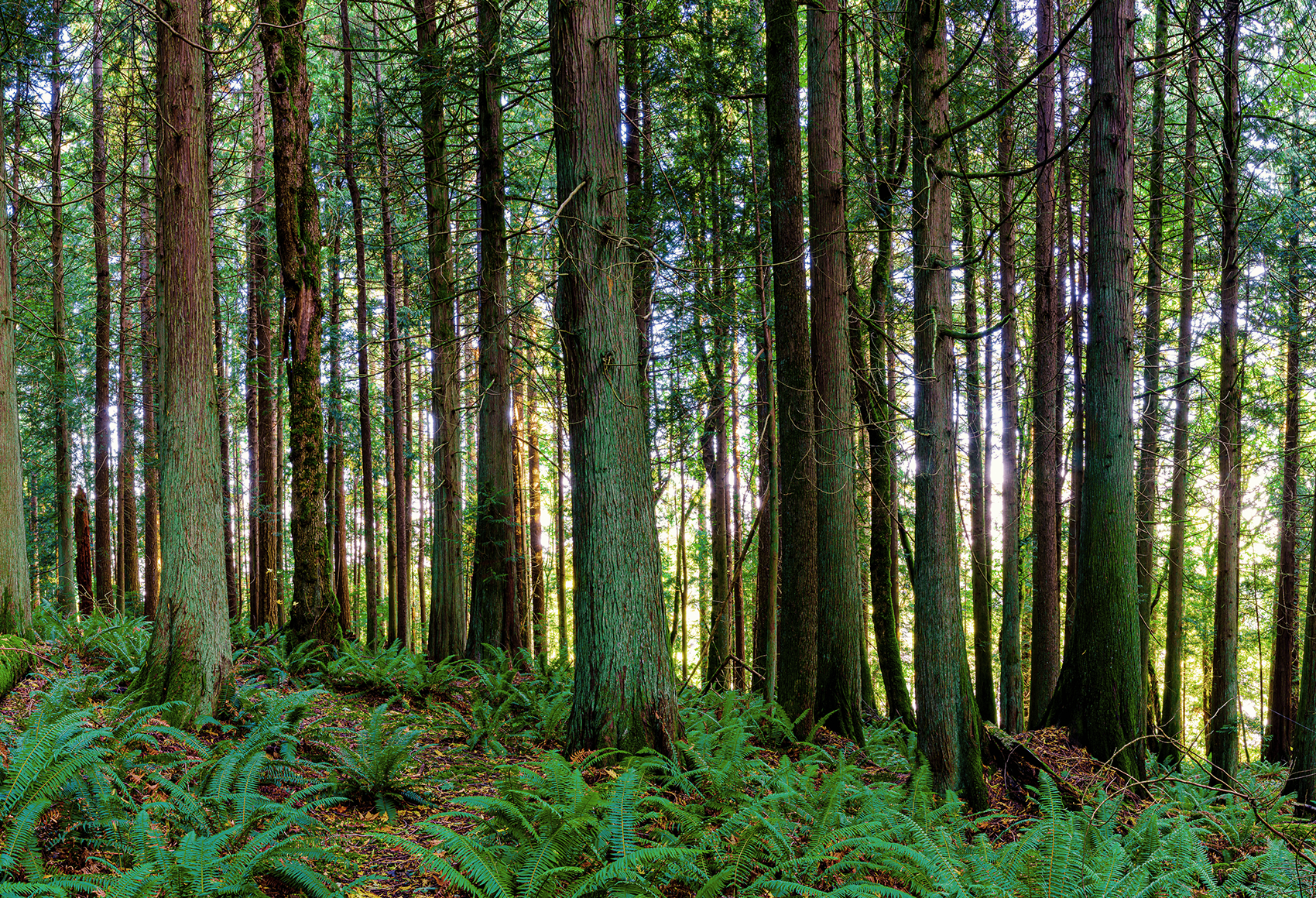
For millions of Americans in the Western United States, the ecological health of their state has reached a crisis point. Extreme heat, multi-year droughts and dwindling water levels in reservoirs have all contributed towards conditions that experts warn could exacerbate already dangerous levels of wildfires. This all comes as many of these same Western states are still reeling from 2020’s catastrophic wildfire season.
The 2020 Western United States wildfire season ranks among the most destructive in national history. As many as 10.2 million acres burned across the western third of the nation, destroying over 13,000 buildings, causing thousands of evacuations, and creating storms of smoke that spread across thousands of miles. Unfortunately, many wildfire experts are already warning that 2021 is shaping up to be even worse.
For those who feel that these natural disasters are occurring with greater severity and frequency in recent years, the evidence appears to back them up. Five of the six most destructive wildfires in California’s history were started in 2020.
What is the cause of the increasing frequency of these and other natural disasters? For many climate scientists and land conservationists, one factor is rising temperatures created by emissions of greenhouse gases such as carbon dioxide and methane. Climate change is thought to have caused more than half of the increase in areas vulnerable to fire since 1984. High temperatures dry out soil and vegetation, creating scenarios ripe for explosive fires. In addition to this, forest management has traditionally favored fire prevention over periodic burnings, leading to regions with an unnaturally concentrated amount of highly flammable vegetation.
The solution to this predicament is multi-layered. Many different variables contribute to intense wildfires and weather events, and no single one can be singled out for blame. However, nearly all climate scientists agree that a renewed focus on environmental sustainability, from more efficient energy sources to a greater focus on recycling and reducing emissions, will be a great help in the battle against climate change.
At NORPAC, we understand that we must act on sustainability now to protect our future. Our paper’s wood fiber comes from responsibly managed forests that are certified to the Sustainable Forestry Initiative. And nearly all our wood fiber is sourced from chips that are repurposed from sawmill residuals. In addition to that, our high yield pulping, bleaching, Natural Choice line and recycled packing papers are elemental chlorine-free. This all helps us create paper that uses less water, CO2 emissions, creates less waste and ultimately has less on an impact on the Earth and human health.
If we want to preserve our natural environment and prevent future ecological catastrophes for future generations, each of us needs to do our part to encourage sustainability in our lives. We invite you to learn more about how NORPAC factors in environmental sustainability into each aspect of our business.



